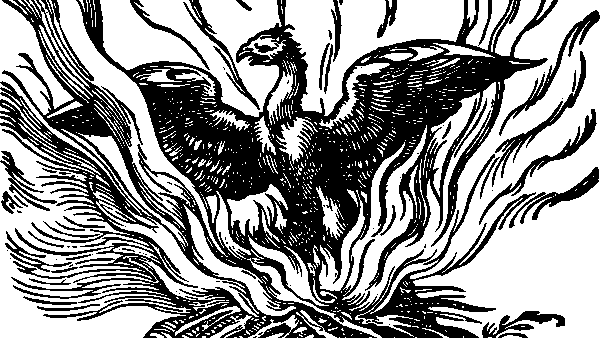 The writing grabbed me from page one: there is a real rhythm to it, and the description is beautiful. The first story in the collection is the sort of “lazy childhood summer holiday” tale that you expect to be idyllic, until the writer throws in really gruesome details, like a dog killing a mongoose, dead fish caught in hooks, a tourist vomiting in the sea, a dead bee swirling in the boy’s coffee, etc., etc. Then old Uncle Julius, who smells of pine cologne with a whiff of rot and decay, starts telling stories about his time in Soviet gulags. Then they get home to find the plants have all died because the neighbour who was supposed to water them died of a heart attack. And the near-starved family cat now looks at them with irreversible hatred.
The writing grabbed me from page one: there is a real rhythm to it, and the description is beautiful. The first story in the collection is the sort of “lazy childhood summer holiday” tale that you expect to be idyllic, until the writer throws in really gruesome details, like a dog killing a mongoose, dead fish caught in hooks, a tourist vomiting in the sea, a dead bee swirling in the boy’s coffee, etc., etc. Then old Uncle Julius, who smells of pine cologne with a whiff of rot and decay, starts telling stories about his time in Soviet gulags. Then they get home to find the plants have all died because the neighbour who was supposed to water them died of a heart attack. And the near-starved family cat now looks at them with irreversible hatred.
So the tone is set. The stories are all separate but interlinked: images like the starving cat and details like the family’s history of bee-keeping recur later and remind you of the earlier stories. Much of the book seems autobiographical, as it ties up with known events in Hemon’s life: he really did leave Sarajevo for America in the early 90s, just before the siege started. So despite the apparent randomness of the stories and wide variation of writing style, the book is coherent. Hemon, however, plays with fact and fiction, leaving you unsure what, if anything, is true. In the story that struck me as most likely to be heavily autobiographical, Blind Jozef Pronek and Dead Souls, Hemon’s character is called Pronek, and Hemon makes a minor appearance as a Dominican immigrant who wants to play soccer. A “Herr Alexander Hemon” also appears briefly in one of the lengthy footnotes to the Sorge Spy Ring as a researcher at the German Foreign Office Archives.
The overall effect reminds me of Jorge Luis Borges, a writer I admire a lot. There’s a sense of knowledge accumulating not logically but gradually, through the recurring images and symbols and the threads of stories running through each piece, even though individual facts themselves are distorted and played with. The contrast of the horrors of Sarajevo and the triviality of life in Chicago is handled very well, by focusing on the guilt of the narrator who has escaped, rather than adopting an accusatory tone of which Americans, I’m sure, are tired. The contrasts between a family dodging sniper fire in Sarajevo and a man in a Chicago restaurant demanding romaine lettuce instead of iceberg lettuce on his Turkey Dijon are striking enough and don’t need to be laboured. Thankfully Hemon doesn’t labour anything. His prose skips quickly on, letting the images speak for themselves.
Not everything worked – sometimes the similes were piled on too thick and sometimes they just didn’t work for me (how can pot plants on a step look like “servants with candles”?). And I didn’t see the point of the story The Life and Work of Alphonse Kauders at all. But overall I loved the book, and definitely want to read his latest, The Lazarus Project, as soon as I can.



There is 1 comment